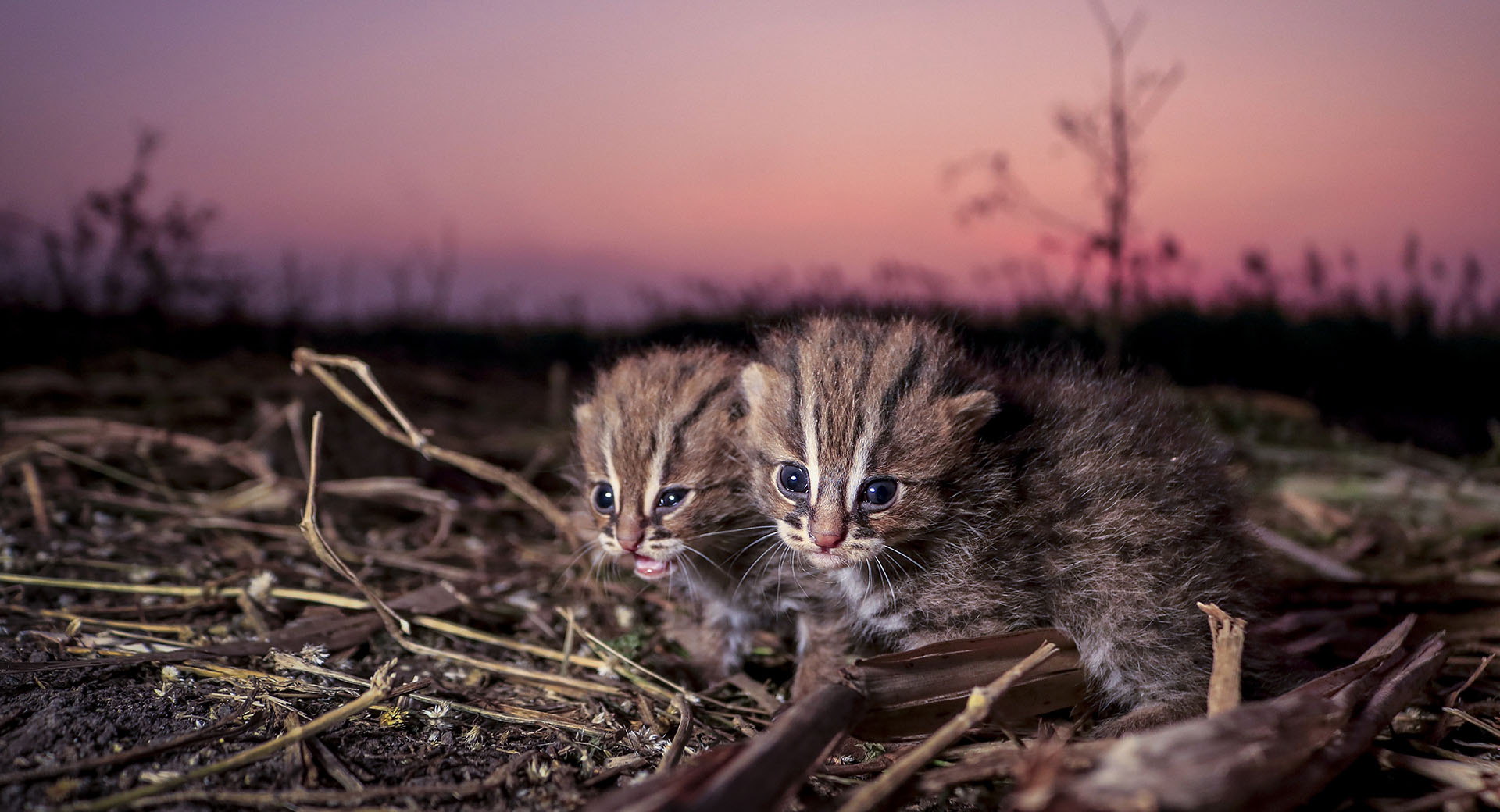
The Indian population is listed on Appendix I of the Convention on International Trade in Endangered Species (CITES), meaning that trade in individuals from this population is only permitted in exceptional circumstances, and the Sri Lankan population is listed on Appendix II, meaning that trade should be carefully monitored to ensure it is compatible with the species’ survival. There are some reports of hybridisation with domestic cats, which could threaten the existence of the species, but these reports have not yet been proved. In some parts of the cat’s range the flesh is considered edible and a number are taken for this purpose. The rusty-spotted cat is reported to be killed by local people when it takes domestic poultry, and it is also frequently mistaken for baby leopards in Sri Lanka and killed.

Whilst observed in cultivated landscapes, it is not yet known whether it can survive in such modified habitats. Deforestation and the spread of agriculture pose a serious threat for much of the wildlife in India and Sri Lanka, and this is likely to impact the rusty-spotted cat too. The rusty-spotted cat is known to be rare, but there is little else known about the status of this small and secretive cat. It has also occasionally been found in modified habitats such as tea plantations, sugarcane fields, paddy fields and coconut plantations. The rusty-spotted cat inhabits dry deciduous forest, scrub, grassland and rocky areas. Occurring in India and Sri Lanka, most records of the rusty-spotted cat are from southern India, but there are increasing reports from central and northern India. Its ears are small and rounded, and the tail is faintly marked with dark rings. The face has two dark streaks on each cheek, and four dark stripes that extend from the eyes, back between the ears to the shoulders. The underparts are white, marked with large spots and bars. About half the size of a domestic cat, the rusty-spotted cat has a short, soft, fawn-grey coat with a rufous tinge, covered with lines of small rusty-brown spots that form solid stripes along the back of the head, flanks and back.

One of the smallest cat species in the world, the rusty-spotted cat ( Prionailurus rubiginosus) has been called the hummingbird of the cat family, due to its small size, agility and activeness. The kittens are born blind, and their coat lacks the rusty spots of the adults. Rusty-spotted cats give birth in spring in India. Gestation lasts for around 67 days, after which the female gives birth to one or two kittens in a secluded den, such as a shallow cave.

It feeds on small mammals and birds, which can sometimes include domestic poultry and ducks, and local people report that this elusive cat emerges after heavy rains to feed on the rodents and frogs that also surface. Whilst this cat is a capable climber, it is thought to hunt at night on the ground, and use its climbing abilities to escape predation. The agile rusty-spotted cat is apparently mainly nocturnal, and spends its days in a hollow log, tree or forest thicket.


 0 kommentar(er)
0 kommentar(er)
